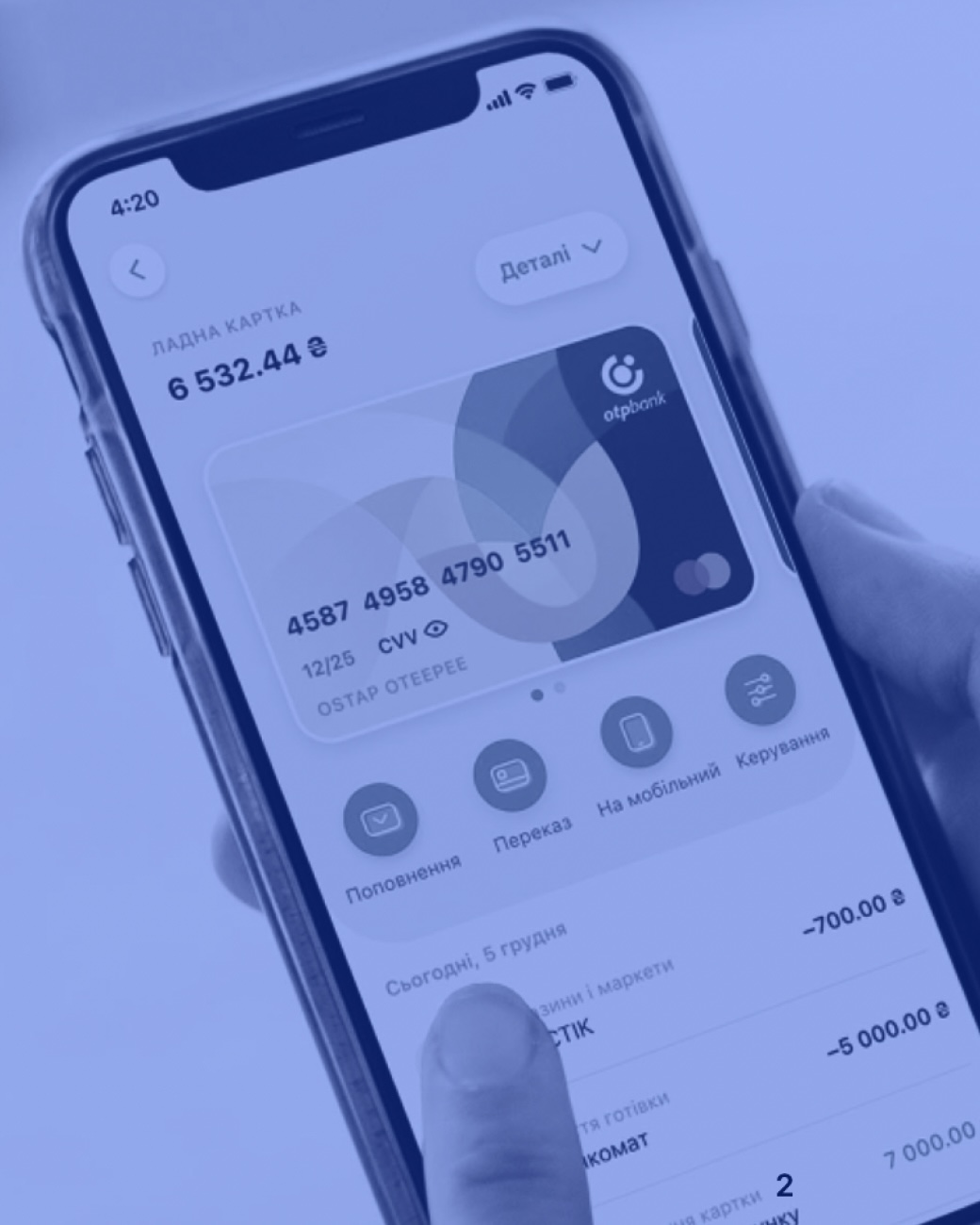In order to significantly improve the quality of its products, they decided to implement IT product development with internal teams using Agile methodology. OTP had already done a pilot project internally – a new mobile application for Clients who use the bank’s credit services. This positive experience was to be scaled and implemented on the level of the entire company.

"
Our transformation has brought about a lot of changes. A focus on the client has become our primary concern; each new development starts with interviews, testing hypotheses, and testing possible solutions. We discuss it extensively; we analyze. And our analysis is based on real samples, trends, and patterns rather than on the feedback from a single client. There is a feedback loop – we release something and get immediate feedback on whether it works, what our clients think of it. The role of IT at the bank has changed fundamentally. Now, IT is a business enabler. Compared to what we had before, this is an entirely different focus and understanding of the needs of the business. Our transformation was a large-scale effort: work is organized toward collaboration between IT and business, and we have maximally focused dedicated teams and approaches to planning and evaluating results. The concept of a ‘product’ has a new, real meaning for us.


Start
We met with the company at all levels, interviewing the CEO, top management, and product managers.
We observed team meetings to analyze the current situation and study how team interaction was structured. We also analyzed the current situation with their products.
We also conducted strategy sessions with top management.
It was also important to work directly with the СЕО, who was the main initiator of changes and leader of the transformation.
The project included both corporate and retail vectors from the start.
Challenges: not enough specialists engaged in product development, absence of practical Scrum skills, customer journey was not clearly linked to the new product, weak engagement of stakeholders in the team’s work.
Work with the product: сreated a customer journey; developed a product canvas: goals and vision for the product along with success criteria; formulated an initial backlog.
Work with the team: structured a team that can work on realizing the product vision; engaged HR in hiring, onboarding, and training new employees; involved stakeholders in active work with the team.
Challenges: overloaded digital teams: many departments from the main part of the bank; we were dependent on the digital department’s work; unclear value from the product; no link between department processes and the bank IT department; no leaders at various levels – one department head handled all functions.
Work with the product: formulated a clear vision of the product goals and values and how to realize them.
Work with the team: formed a team of transformation leaders that helped to speed up the department’s work; each team got a ‘captain’ who formed a nascent community of Scrum masters; new onboarding initiative and new role – people partner; the digital department was transformed: IT and business are now fully united; teams are more flexible: they can all resolve any issue and do it faster; relations between teams improved; there is an understanding of shared goals and product value.

Our task was to integrate their respective processes and implement new approaches the digital team had been using in the rest of the bank. To do this, we started a product owner school for the bank’s division and department heads. Training took place online over three months.
Our innovation was in inviting not just people who planned to become Agile leaders; we also involved difficult stakeholders like the security department. This was important in getting people used to working according to the old rules to understand what was happening in the transformation process – and facilitate that process. These stakeholders dove into training together with members of the digital department and learned the difference between product and project approaches.
Also we formulated competencies for the work of cross-functional teams and defined values: what the product is and who the users are.
We introduced Agile DNA into the company culture.

If you need our experience and expertise, let us know your contact information.